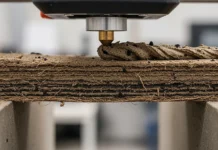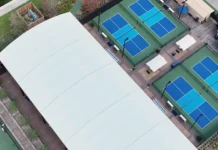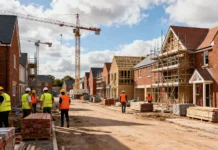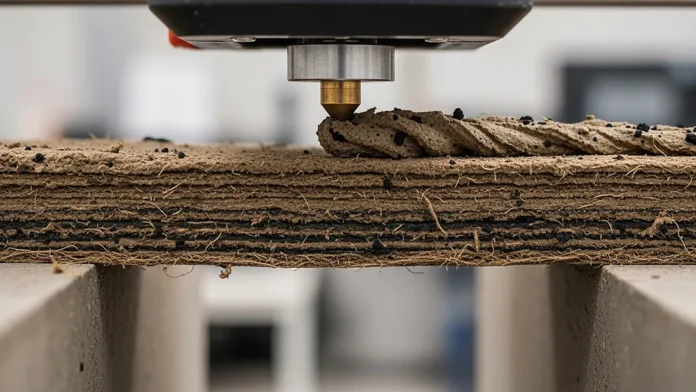Researchers at Oregon State University have gone ahead and developed a quick-setting and environmentally friendly option to concrete which is a new clay-based material and which they hope can one day be made use of so as to 3D print homes and infrastructure fast.
Also known as additive manufacturing, 3D printing is, as a matter of fact, already getting used so as to help solve construction issues like the global housing crisis, which has cropped up as the population approaches 8.5 billion.
However, cement, which is the binding agent in concrete, comprises almost 8% of the carbon dioxide emissions of the planet, and the curing time of the concrete, which can be multiple and requires structural supports, can also inhibit progress on the construction projects.
How does the new material work?
It is worth noting that the new clay-based material, which has been developed by Devin Roach and Nicolas Gonsalves as well as the collaborators at Oregon State, cures as it gets extruded from the printer, all thanks to the acrylamide-based binding agent that it has, which goes through a chemical reaction called frontal polymerization. The material can even get printed across unsupported gaps like the top edge of an opening for a door or even a window.
According to the assistant professor of mechanical engineering in the OSU College of Engineering, Roach, the printed material has a buildable strength of almost 3 megapascals immediately post printing, thereby helping the construction of multilayer walls as well as freestanding overhangs such as roofs. It goes on to surpass 17 megapascals, which is the strength that is required of residential structural concrete, in only three days as compared to as many as 28 days when it comes to traditional cement-based concrete.
And since the new material consists mainly of soil that’s infused with hemp fibers, sand, and biochar, the carbon-rich matter that is made by heating wood chips as well as other organic biomass under low oxygen, its environmental footprint looks much smaller as compared to concrete. The binder of the concrete, which is the cement, is produced through carbon-releasing reactions within the industrial kilns that get heated to over 1,400°C, especially through energy produced by way of burning fossil fuels.
Environmental effects and future endeavors
Roach stresses the fact that he is incredibly proud of their innovative and transdisciplinary team for bringing to the fore a material that can actually make a difference in the lives of the people in more ways than one. Specifically with the frequency pertaining to the destructive natural disasters, they indeed have to be able to get the shelter as well as other structures built rapidly, and the fact is that one can indeed do that with a material that is readily available and offers comparatively much less emissions.
A doctoral student, Gonsalves, who led the research, also had the likes of Ashlei Morgan, Andre Olarra, and Heidi Thiele, as well as Adam Bischoff of the School of Mechanical, Industrial, and Manufacturing Engineering; Pavan Akula from the School of Civil and Construction Engineering; Islam Hafez from the College of Forestry; and also Yakun Zhang of the College of Agricultural Sciences. Notably, the study is published in the Advanced Composites and Hybrid Materials journal.
According to Roach, their material costs more as compared to the standard cement-based concrete, and hence they indeed need to bring the costs down. He further said that before it can get used, they also need to follow the American Society for Testing and Materials standard tests and at the same time prepare a report that professional engineers can go ahead and review and also approve if it gets proposed to be included within the construction projects.





























